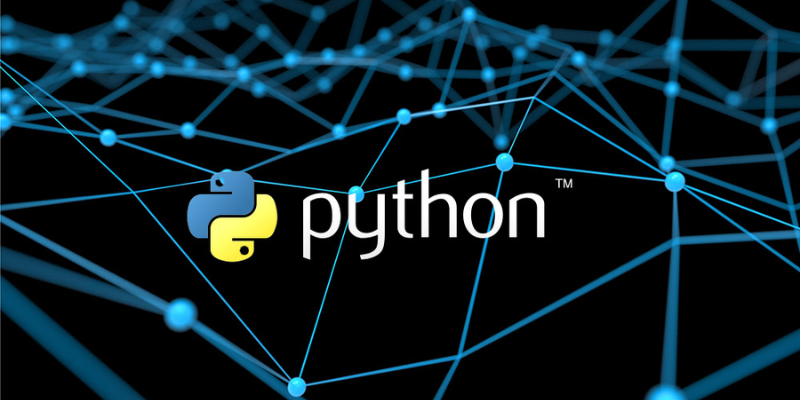
Python is an interpreted programming language that has become increasingly popular recently. It’s a dream for its simplicity, ease of use, and versatility. One of the critical features of Python is its interpreter, which allows developers to execute Python code without the need for compilation. In this blog, we will explore what is Python interpreted and how it works. Consider enrolling in the Python Classes in Pune, which are widely available and can help you enhance your programming skills.
What is an Interpreter?
An Interpreter is a program that translates code written in a high-level programming language (like Python) into machine code that the computer can execute. Unlike a compiler, which translates the entire program into machine code before execution, an interpreter translates code on the fly, one line at a time.
How Does an Interpreter Work?
When developers write Python code, they save it in a file with a .py extension. This file contains the source code the interpreter will translate into machine code. When the developer runs the Python program, the interpreter reads the source code line by line and translates it into machine code on the fly. This means that the developer can see the results of their code immediately without having to wait for the entire program to compile.
The interpreter reads the source code and converts it into an intermediate code called bytecode. This bytecode is a low-level representation of the source code that the computer can execute. The interpreter executes the bytecode one line at a time until the program is complete. If you’re interested in learning Python, you can enroll in a Python Course in Gurgaon.
Advantages of Using an Interpreter
One of the main advantages of using an interpreter is the ability to execute code immediately. They can see the results of their code as they write it, which saves time and increases productivity.
Another advantage of using an interpreter is running code on multiple platforms. Because the interpreter is responsible for translating the code into machine code, it can be used on any platform with an interpreter installed. This makes it easier for developers to write code running on different operating systems.
This blog has discussed the Python interpreter and how it works. Python’s interpreter is a powerful tool allowing developers to execute code without compilation. It works by translating the code on the fly, one line at a time, into machine code that the computer can execute. While there are some disadvantages to using an interpreter, the advantages make it a popular choice among developers. If you want to learn more about Python and its interpreter, enroll Python Course in Jaipur; many resources are available online to help you get started.
